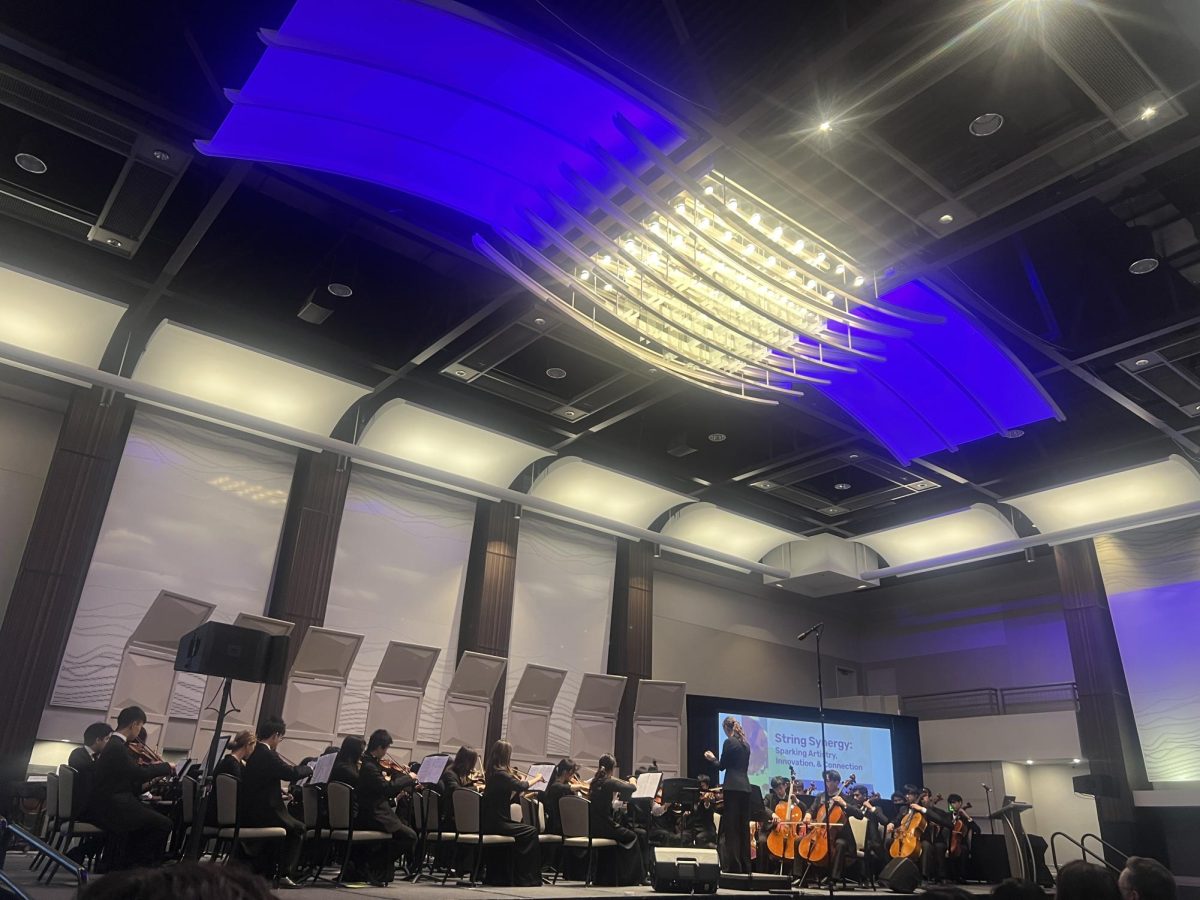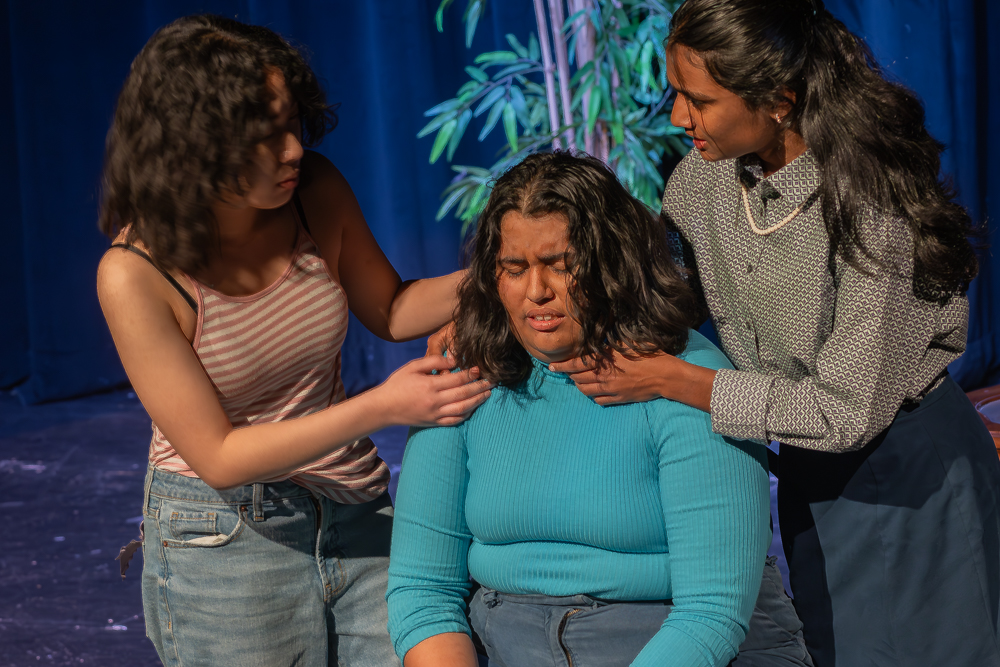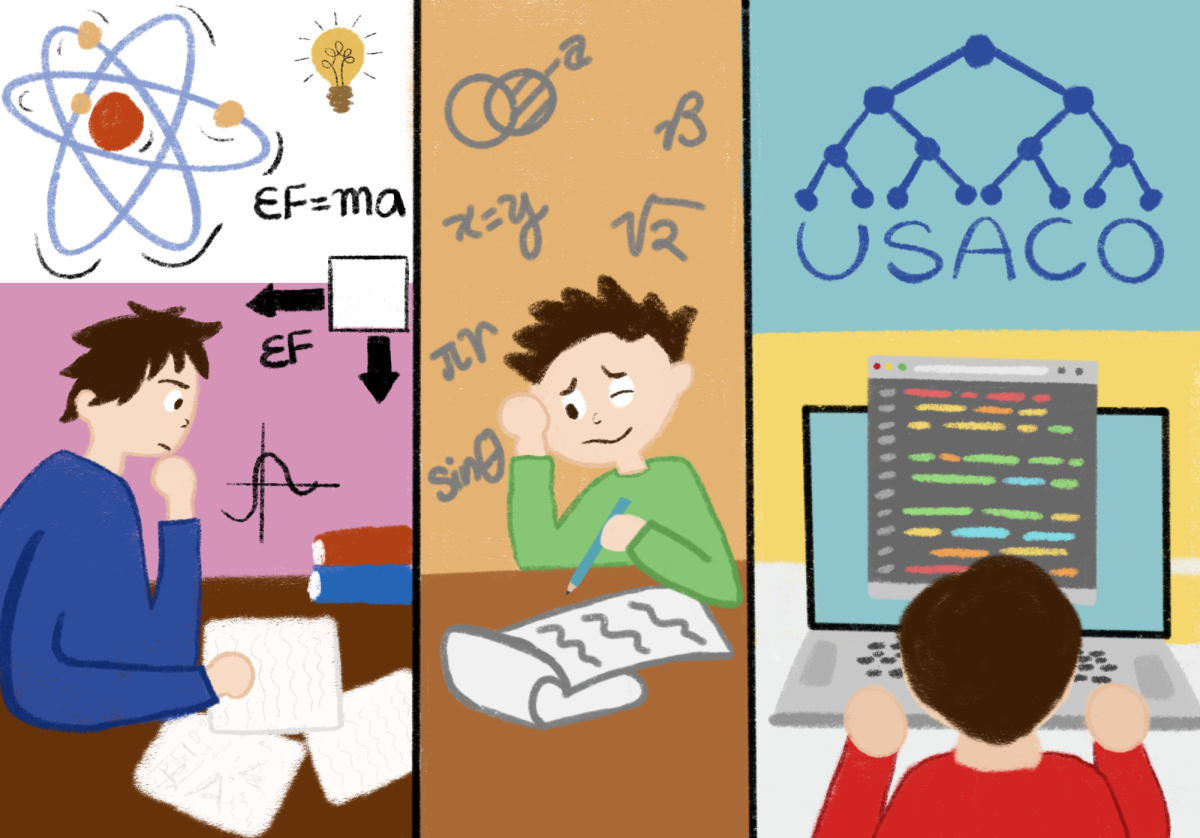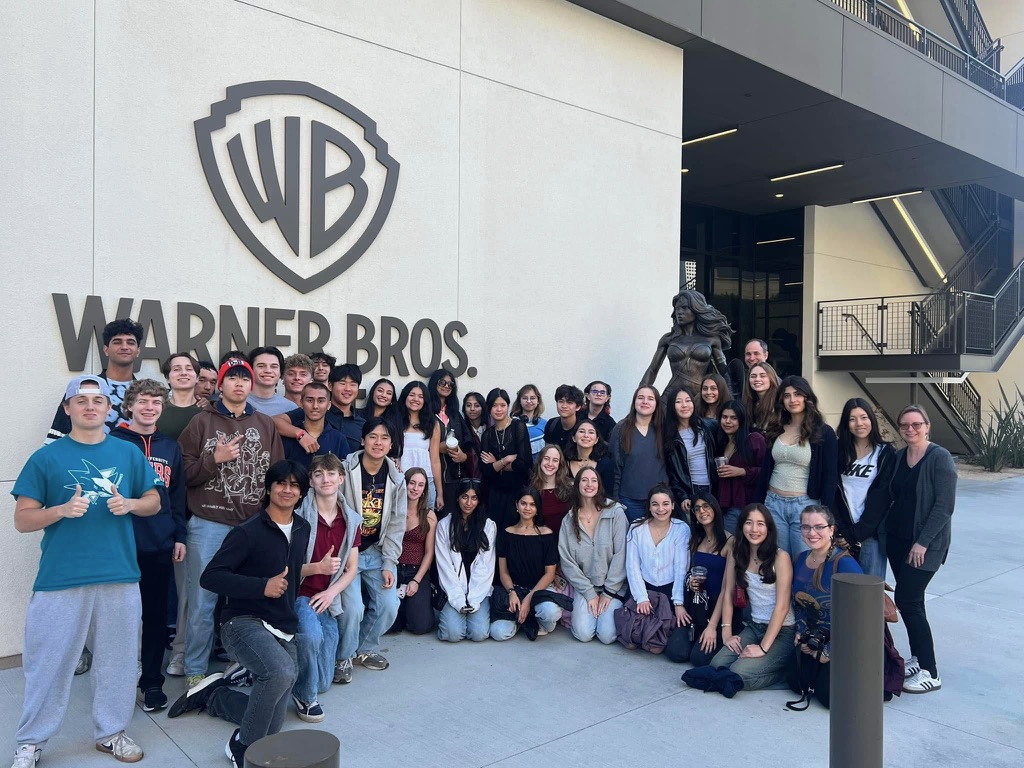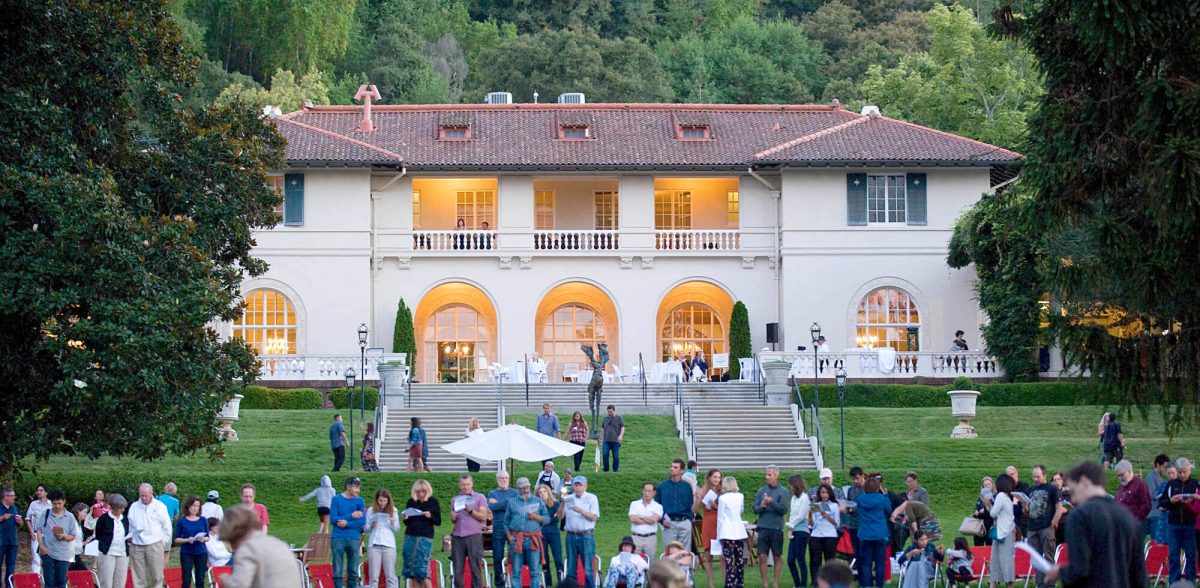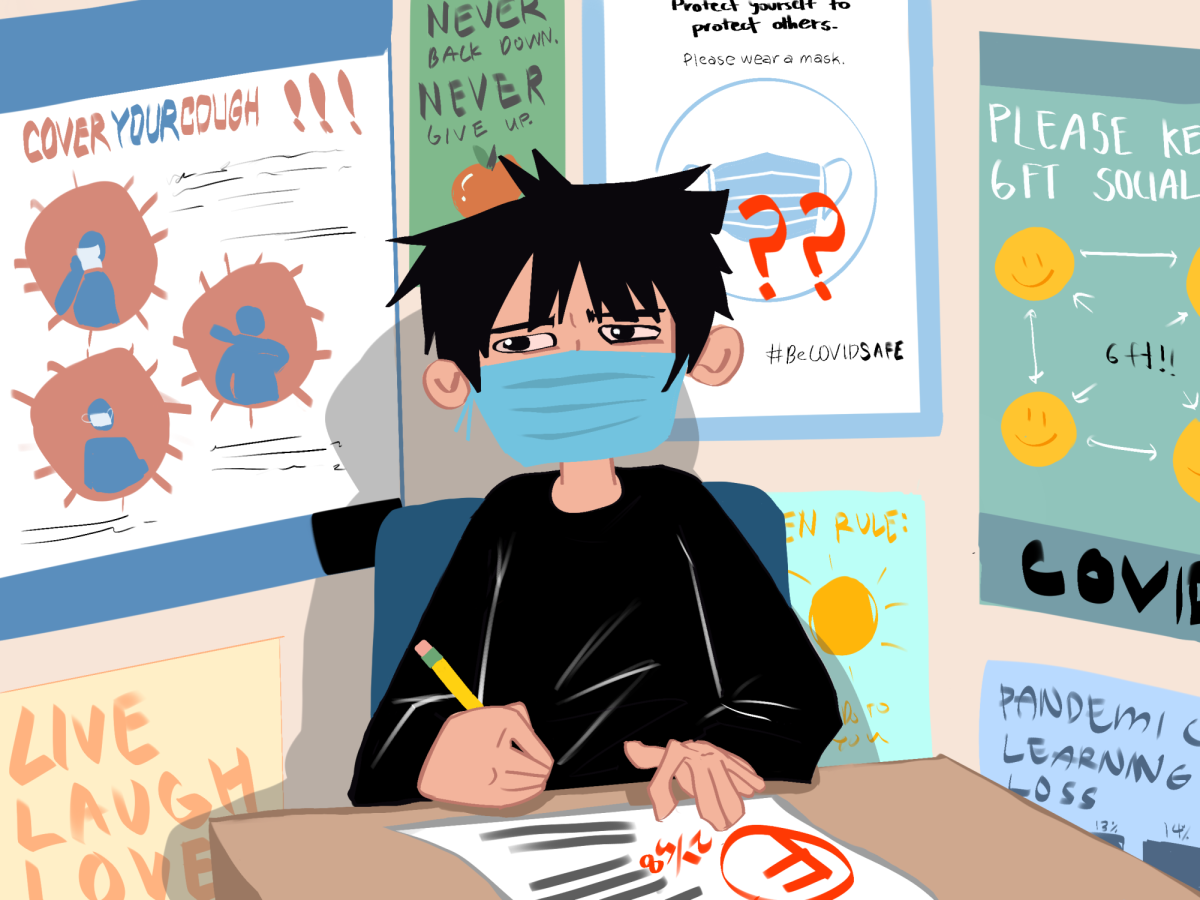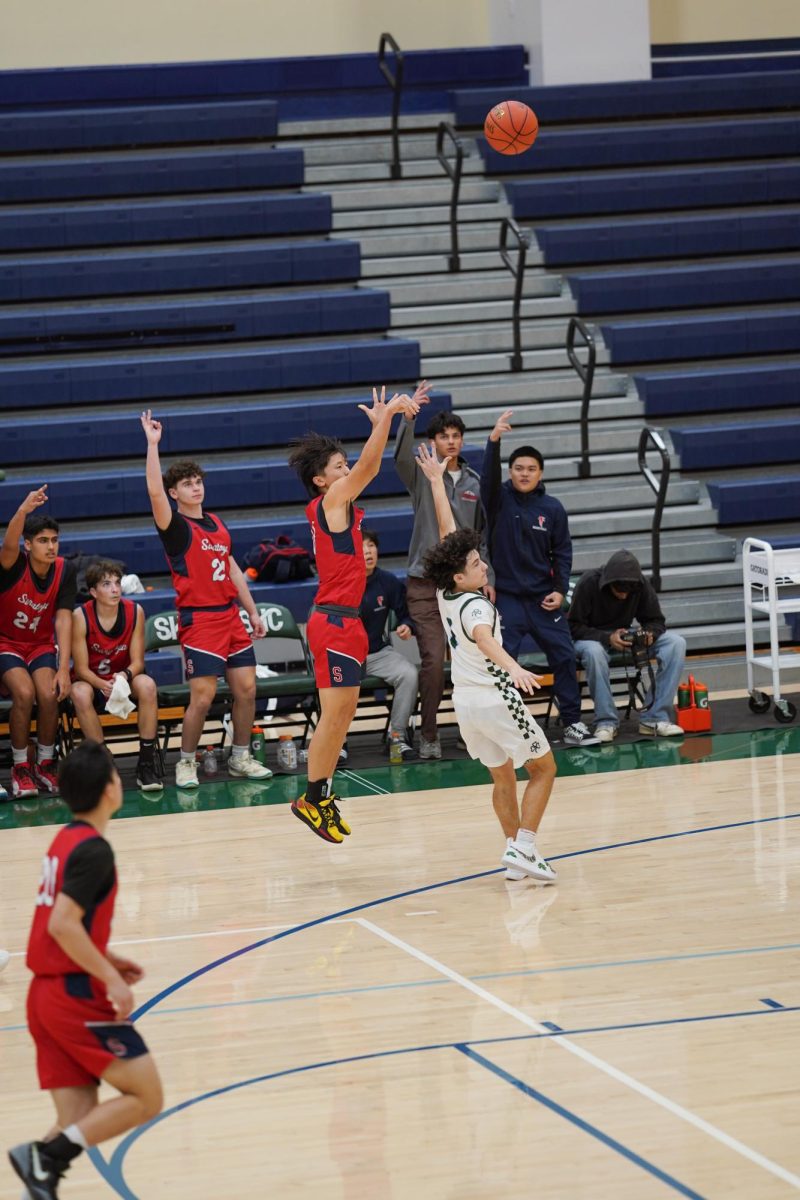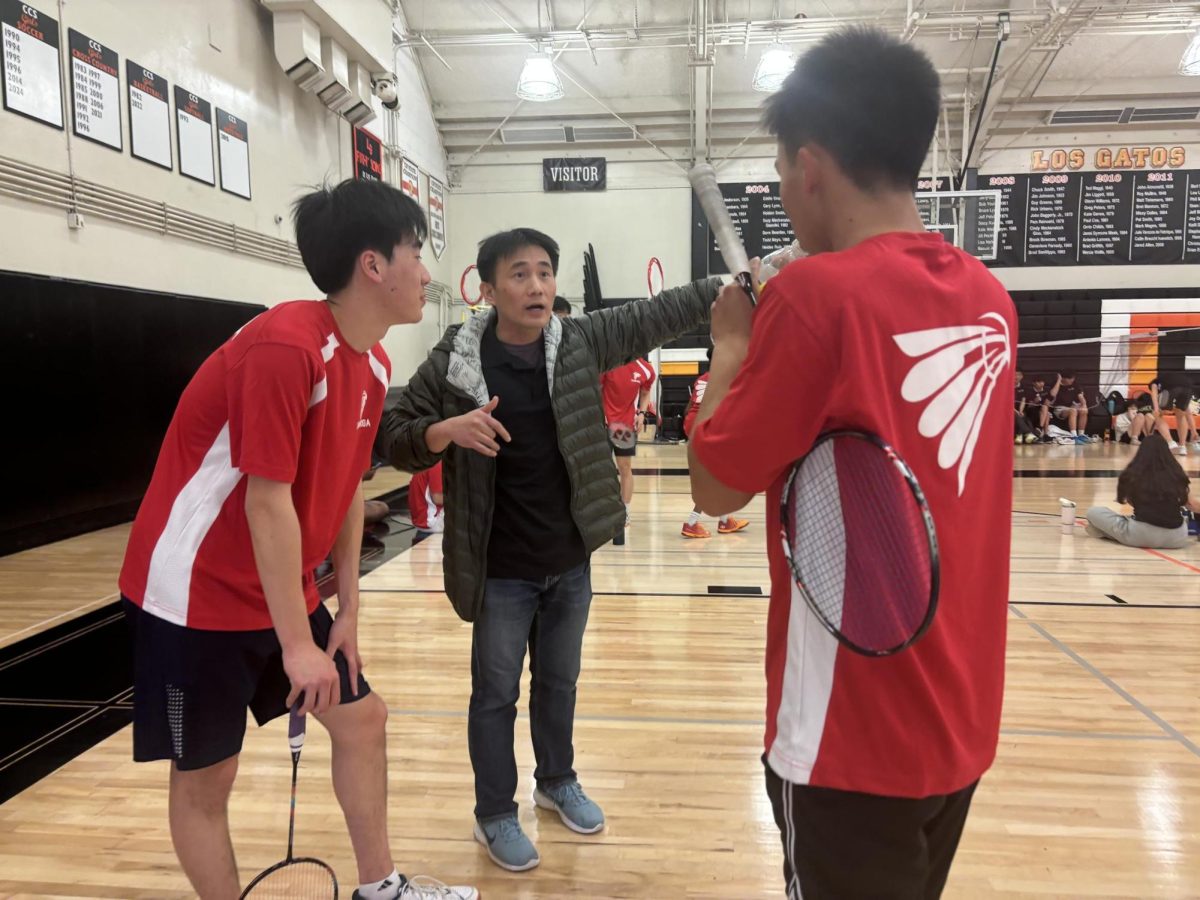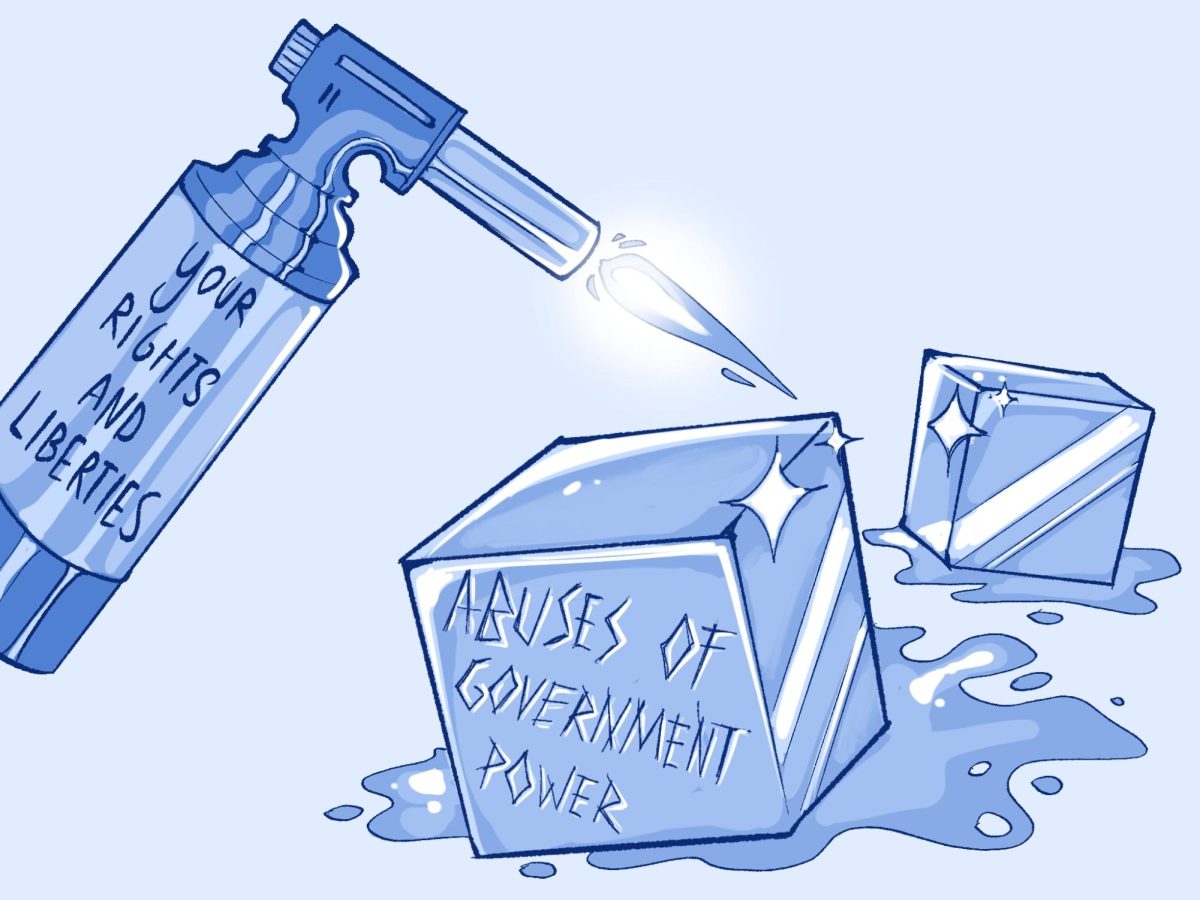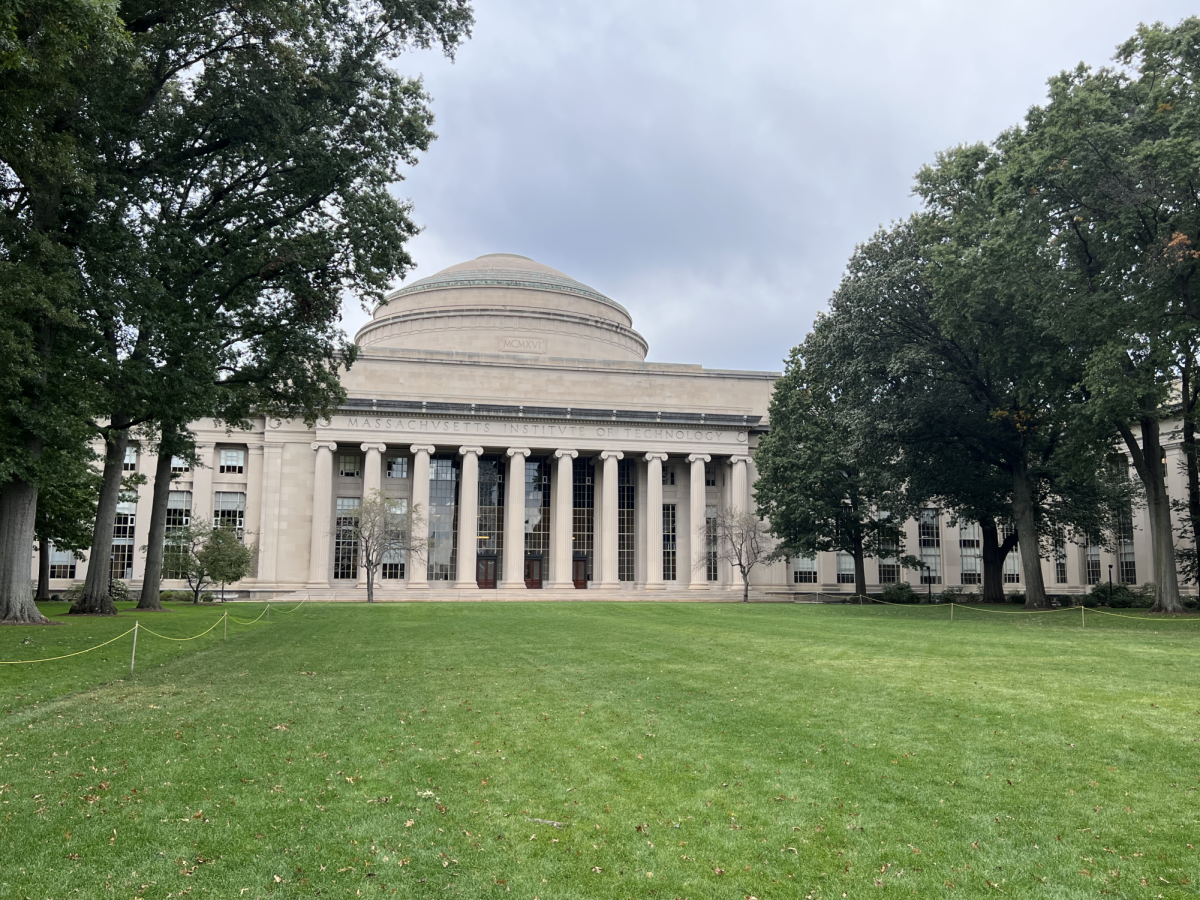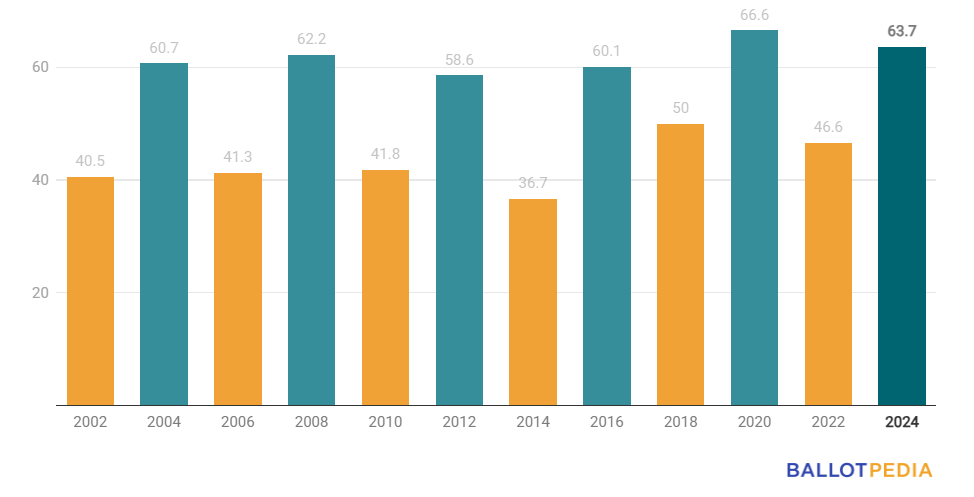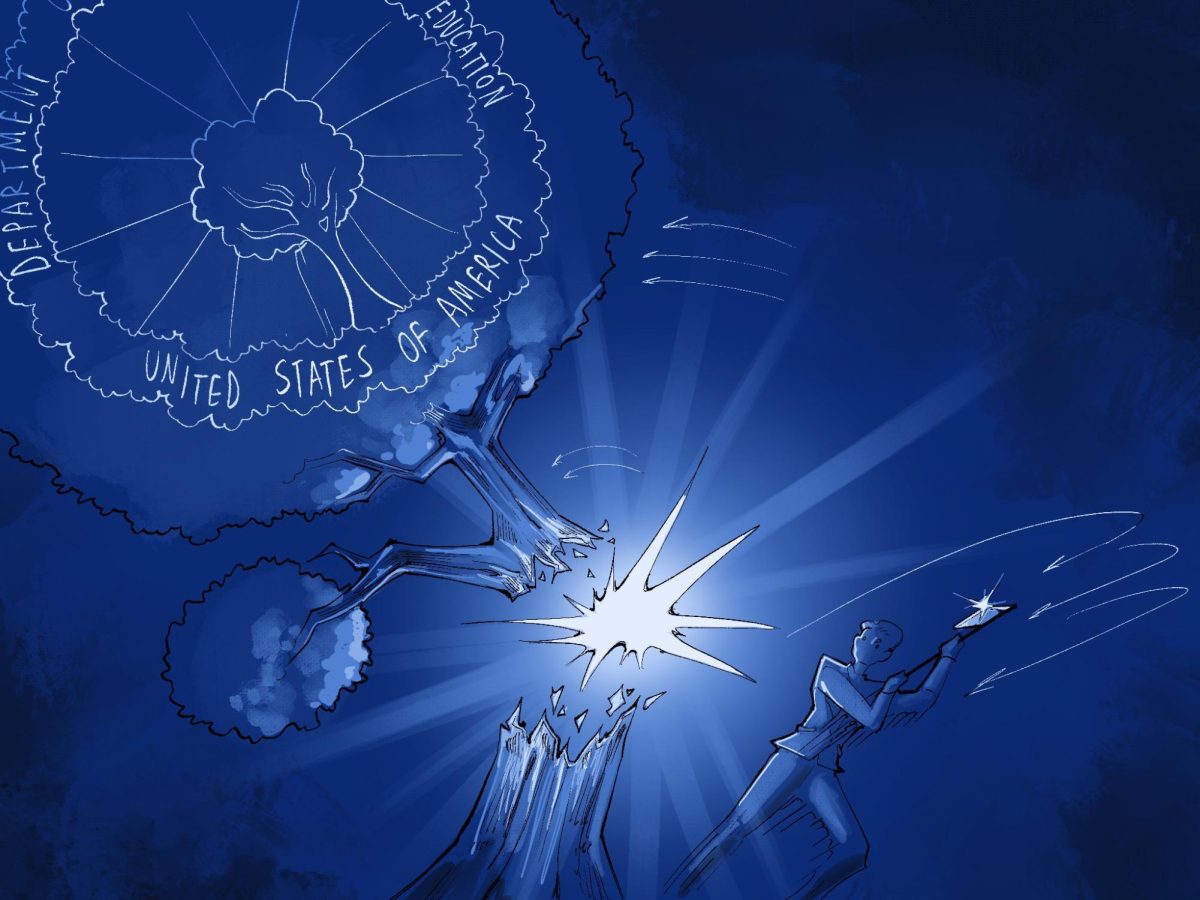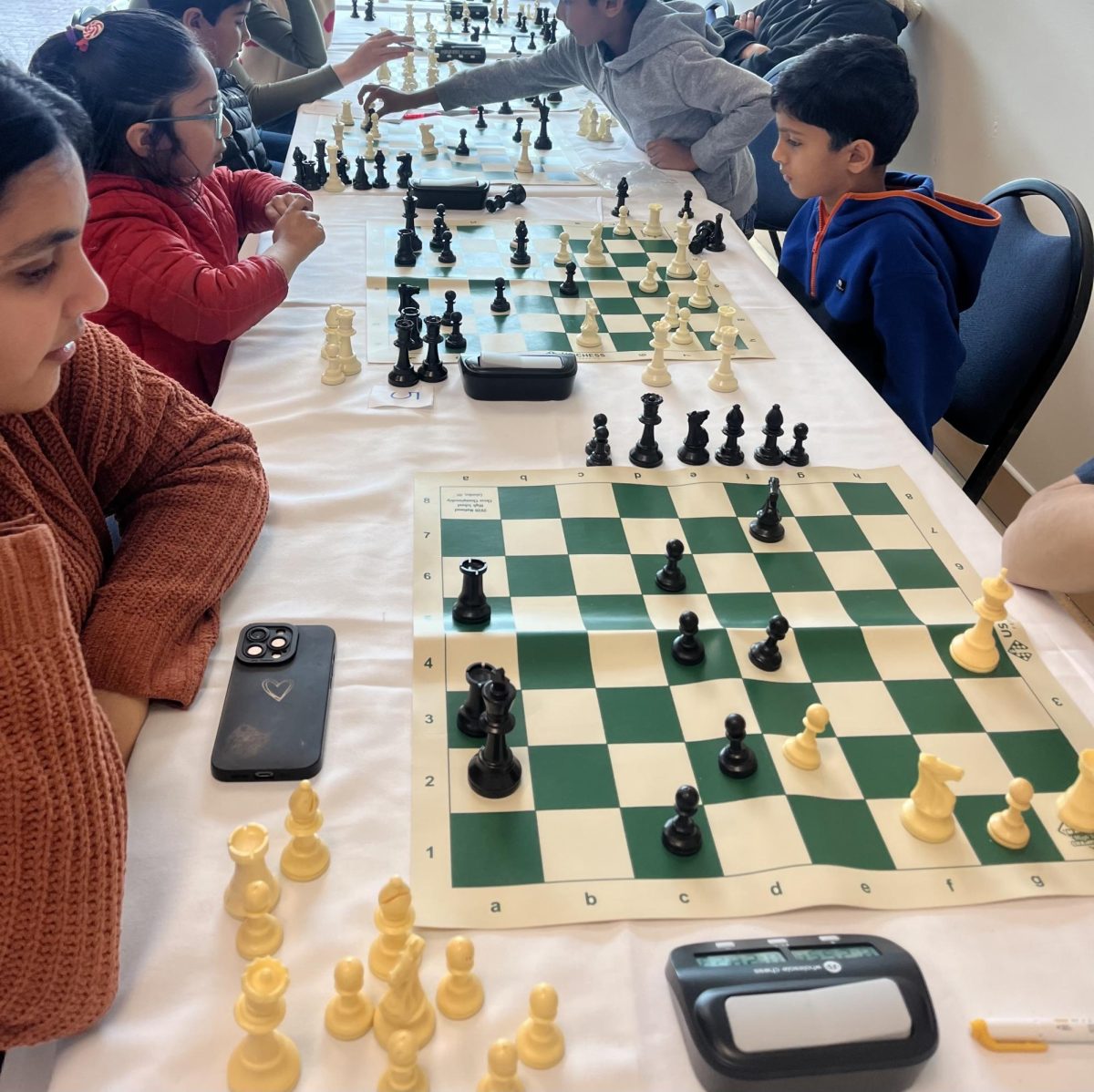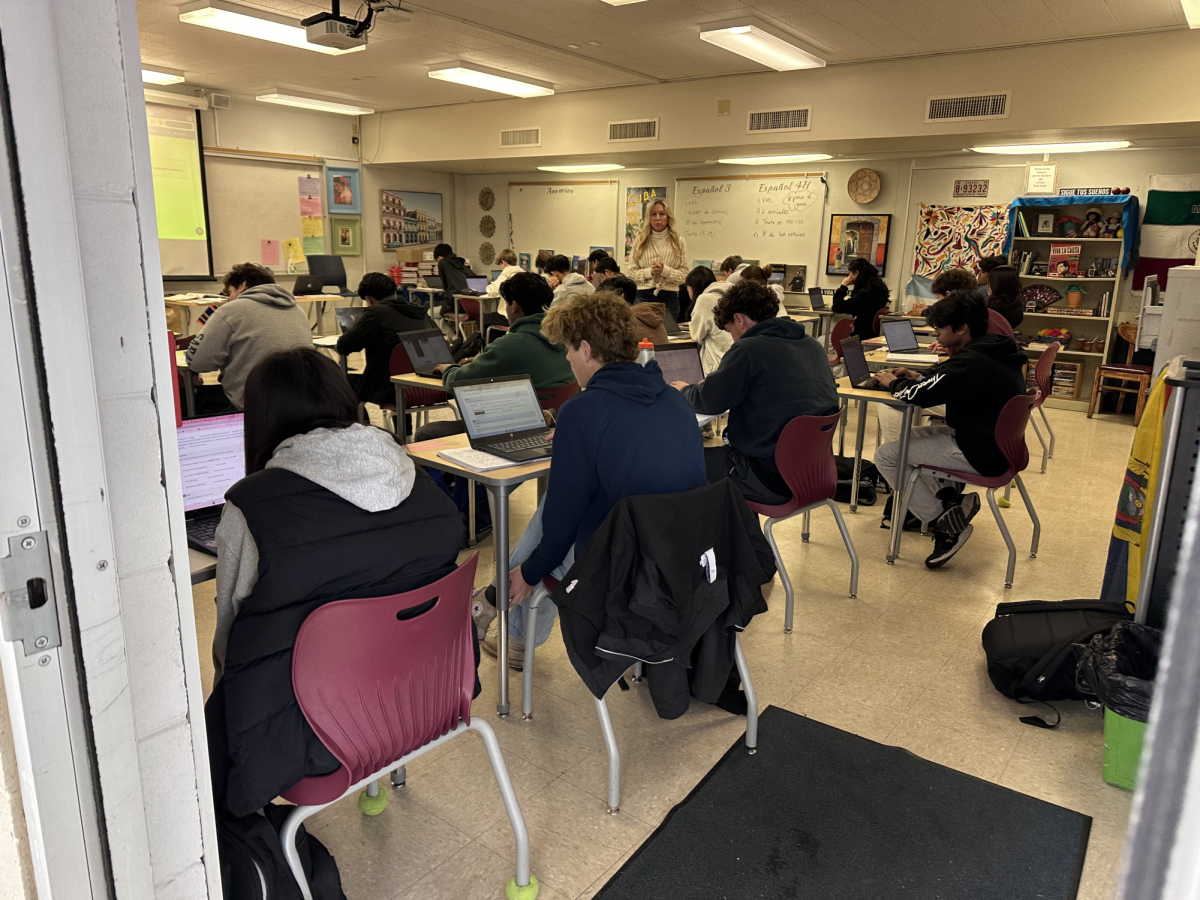Instead of eating lunch with her family, senior Kaitlyn Tsai sat in front of her laptop and pored over passages of Michelle Alexander’s 2010 book “The New Jim Crow” via Zoom with seniors Manasi Garg and Allison Hartley and junior Anouk Yeh while discussing which ones could be used as supplemental reading in U.S. history classes.
The four are members of a new anti-racism task force created in light of the murder of George Floyd on May 25, which sparked nationwide protests against police brutality and systemic racism.
Yeh said the group formed after LGSUHSD board member Kathrine Tseng reached out to her to discuss racism at SHS after hearing Yeh speak at the Black Lives Matter protest held at Saratoga City Hall on June 6. Tseng encouraged Yeh, Garg and Hartley to reach out to the administration about the idea. Soon after, the task force was formed with the help of principal Greg Louie and assistant principal Kerry Mohnike.
Although the formation of the group was catalyzed by the resurgence of the Black Lives Matter movement, Tsai said that this work should have been started earlier.
“All the issues we want to address have existed for years and years at our school,” Tsai said. “It’s especially important for us [in Saratoga] because we’re all pretty privileged, and we’re largely sheltered from the struggles from Black, Indigenous and other people of color.”
According to USNews, the school’s population is only 4 percent Hispanic, 0.4 percent Black, and 0 percent Indigenous while it is 59 percent Asian and 26 percent White.
The task force is working with the administration to re-evaluate the curriculum in various departments. According to Mohnike, although there were discussions surrounding reviews of the curriculum, the students pushed it to the forefront.
“While there has been an ongoing interest in curriculum review and updating since forever, the urgency has increased,” Mohnike said. “The students’ voice has been a powerful and much-appreciated addition and motivator in moving this work along.”
The task force includes the administration and a group of teachers from the English, Social Studies, World Languages and Visual Arts department. Its goal is to determine whether the current curricula should be modified based upon modern equity standards such as whether a textbook reflects diverse viewpoints including people of color, LGBTQ+ people and people with disabilities.
Additionally, students outside the task force will also be invited to share their experiences and advocate for changes they would like to see in the curriculum, but the teachers will work as the professional curricular leads in their respective departments, Mohnike said.
“This is crucial work to let our students know the world and its literature and history is all of ours to partake of and be represented by,” she said. “We now live in a global society and students not only need to feel like they are valued for whomever they are but also so they can navigate a diverse world.”
Changes are already in motion: This year, the English department will add “Their Eyes Were Watching God” by Zora Neale Hurston to the AP Literature Composition curriculum taught by Suzanne Herzman and “The House on Mango Street” by Sandra Cisneros to the English 9 curriculum. Additionally, a new unit entitled “Power and Privilege” has been added into the AP Language and Composition curriculum.
Although much of the implementation has been the work of teachers, they were nonetheless inspired by the task force’s call-to-action.
AP Language and Composition teacher Jason Friend said that after the murder of Floyd, and when the task force began asking the school to re-evaluate their curriculum in light of the tragedy, he was inspired to create the new unit.
Friend then spent significant time over the summer researching and compiling pieces from diverse, thought-provoking viewpoints exploring systemic racism and showcasing its complexity.
For instance, while the unit will discuss the science behind implicit bias, or the unconscious attribution of a particular characteristic to a member of a certain group, it will also examine criticisms of implicit bias training often given by schools and companies.
“I hope that students will find [this unit] to be important, engaging, and sometimes challenging — no matter students’ current beliefs on these issues,” Friend said. “I hope it pushes them to think deeper about them and to contend with opposing views.”
Beyond exploring curricular changes, they are also focusing their efforts on educating students to foster a more compassionate, empathetic environment outside of the classroom.
One of the ways this is happening is through the Wednesday advisory period modules that seek to deepen students’ understanding of topics such as microaggressions and systemic racism. In the long term, the team is also looking into the logistics of implementing a mandatory ethnic studies course as well. Recently, the California State Senate passed a bill that will mandate students K-12 to take an ethnic studies course to meet graduation requirements.
Tsai said she hopes that the anti-racism task force’s work will inspire students to view the world in a more compassionate and just way, and not only contend with topics of systemic racism when it’s “woke” or “trendy” to.
“Even if it takes a while to properly educate students on these topics, I really believe in the compassion, intelligence and open-mindedness of our teachers and students,” Tsai said. “I’m optimistic that we can awake that spark to fight for a more equitable world that burns within each of us.”

